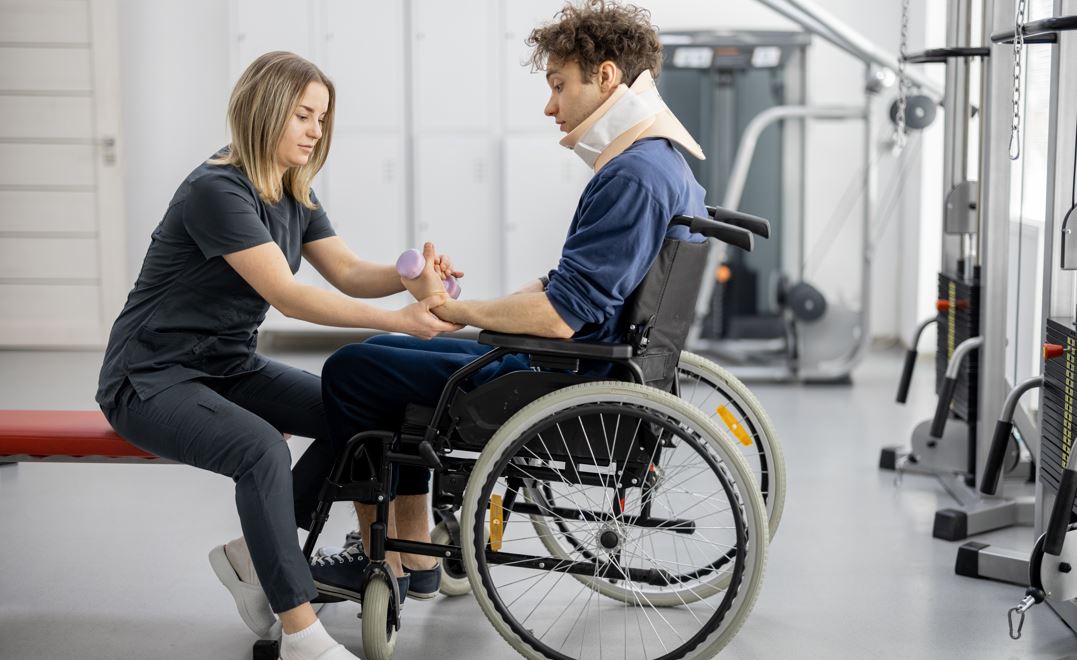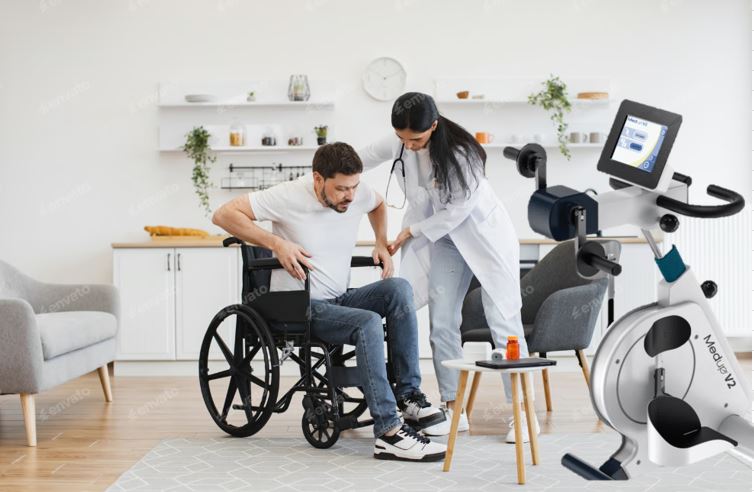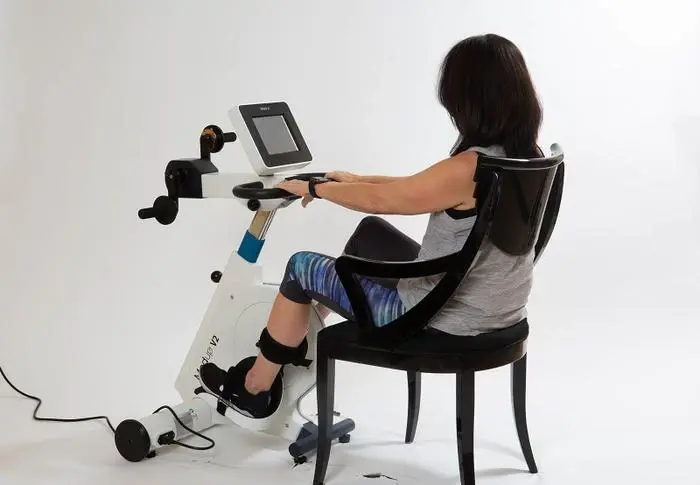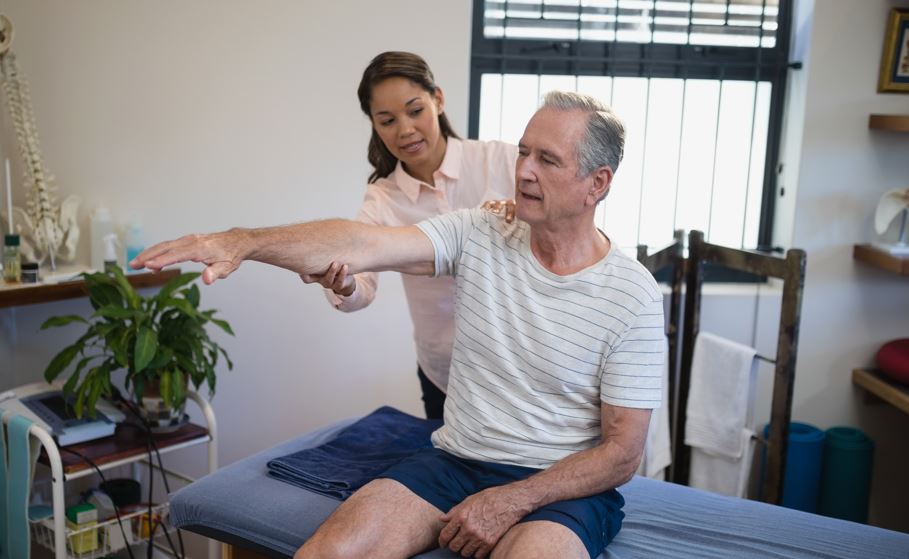Recovering from an injury or surgery can be a challenging journey, but modern technology is helping make the process a lot smoother. Wheelchair cycling, particularly with active-passive cycle trainers, is gaining recognition as an effective rehabilitation tool. This method of rehabilitation allows patients to safely restore strength, improve circulation, and regain mobility, even when they […]
Breaking Barriers: How Assisted Cycling Empowers People with Disabilities
For individuals with physical disabilities or injuries, traditional fitness routines can be inaccessible, leaving many feeling excluded from the benefits of regular exercise. Assisted cycling is changing that narrative, offering a pathway to mobility, independence, and connection. Whether used in rehabilitation centers, homes, or community programs, this innovative approach is empowering people to overcome limitations […]
Pedaling Toward Wellness: The Surprising Health Benefits of Assisted Cycling
For individuals with mobility challenges, staying active can feel like an uphill battle. Dealing with advanced ailments, or sudden debilitating events like catastrophic injury or stroke can present a seemingly insurmountable challenge. However, assisted cycling offers a refreshing solution that combines accessibility, enjoyment, and profound health benefits. From gentle physical activity to mental health boosts, […]
Innovations in Motor-Assisted Cycling for Aging Populations: Promoting Mobility and Health in Senior Care Settings
As populations age worldwide, maintaining mobility and physical function has become a critical aspect of healthy aging. Motor-assisted cycling is increasingly recognized for its role in helping seniors stay active, independent, and healthy. This innovative solution is not only effective for individuals managing chronic conditions such as Parkinson’s disease, stroke recovery, multiple sclerosis, and arthritis, […]
Navigating Insurance and Government Coverage for Expensive Rehabilitation Equipment in Ontario, Canada
Understanding Rehabilitation Equipment Coverage in Ontario If you or a loved one has experienced a catastrophic accident resulting in a spinal cord injury or severe mobility challenges, rehabilitation equipment can be essential for recovery. However, the costs associated with this equipment, such as motor-assisted bikes, wheelchair-accessible exercise machines, and other high-end rehabilitation devices, can be […]



